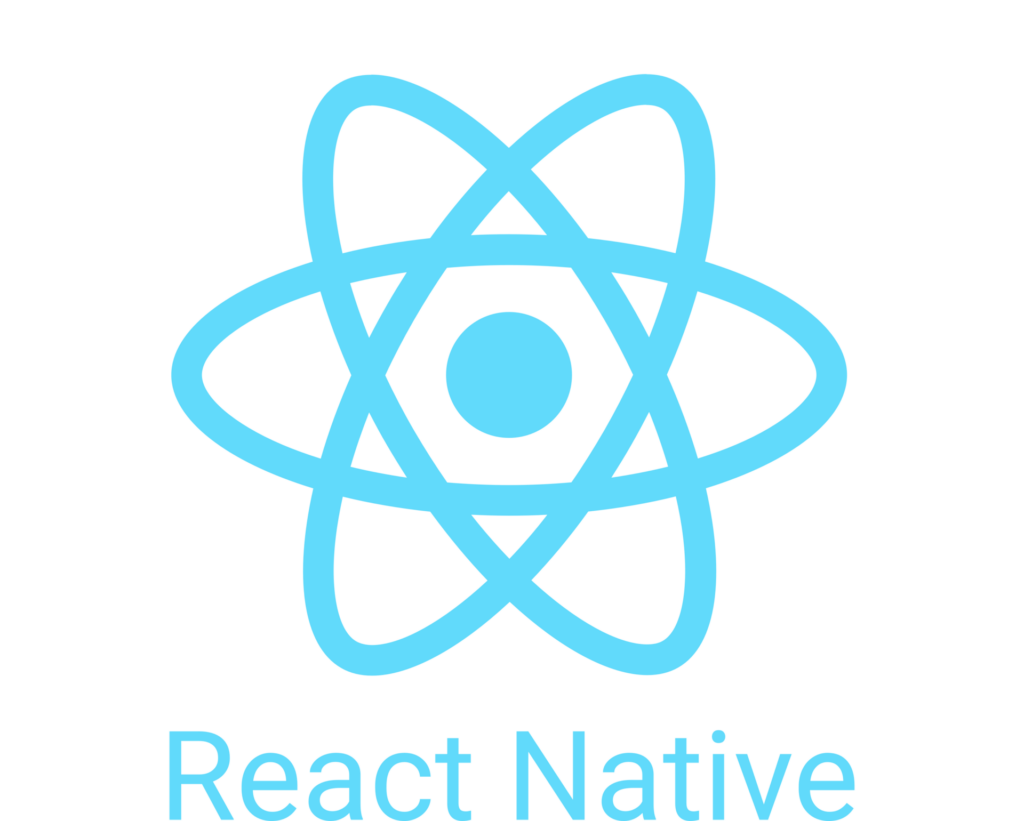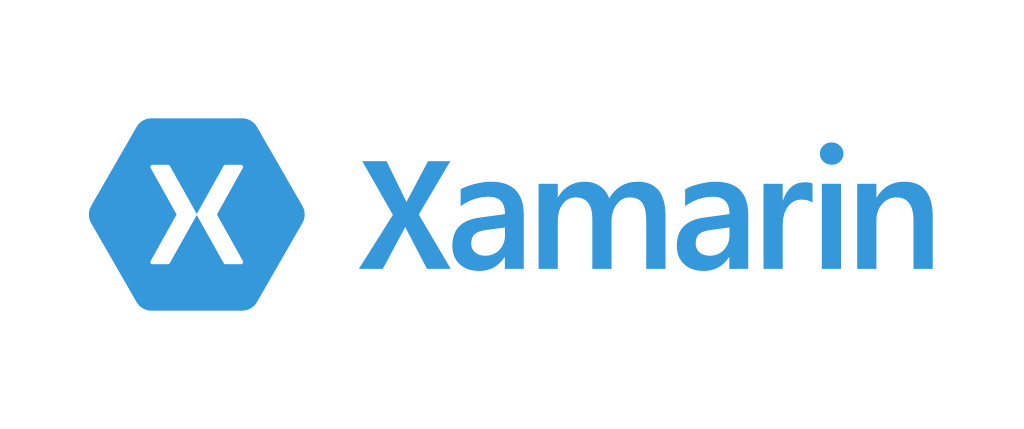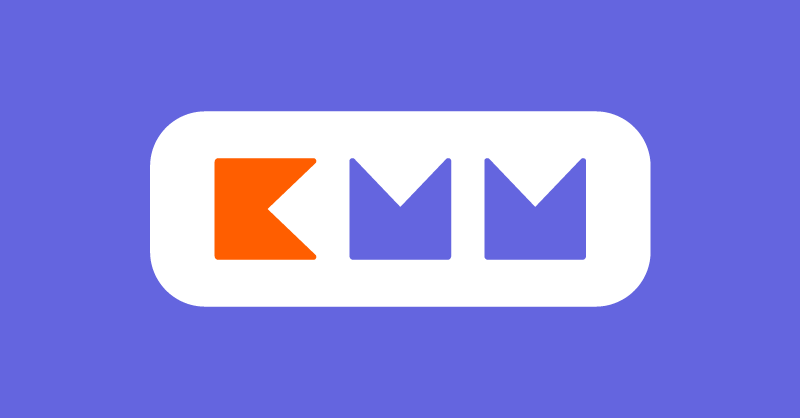In today’s fast-paced digital landscape, cross-platform development has emerged as a strategic approach for businesses seeking to release their applications across multiple platforms. With the advent of several frameworks, developers now have the tools to build apps that function seamlessly on both iOS and Android. This article delves into the pros and cons of leading frameworks in this domain – React Native, Flutter, and Xamarin – offering insights to developers and businesses on making informed choices.
React Native

Pros:
- Shared Codebase: React Native allows developers to use a single codebase for both iOS and Android, significantly reducing development time and cost.
- Community Support: Being an open-source framework developed by Facebook, it boasts a large and active community, ensuring robust support and resources.
- Performance: React Native offers near-native performance, as it translates the markup to native UI elements, accessing native functionalities.
Cons:
- Native Modules: For some advanced features, developers might need to write native code, which can be a challenge for teams not skilled in native app development.
- Component Limitations: Certain complex UI components might not be readily available, requiring additional effort to implement.
Flutter

Pros:
- Widget-Based Architecture: Flutter’s extensive range of widgets ensures highly customizable UI designs that are consistent across platforms.
- Performance: It offers excellent performance due to its direct compilation into native ARM code for both iOS and Android.
- Hot Reload: This feature enhances developer productivity by allowing instant viewing of changes without the need for recompiling.
Cons:
- Size: Flutter apps tend to be larger in size, which can be a drawback for devices with limited storage.
- Young Ecosystem: Being relatively new, Flutter’s ecosystem is not as extensive as older frameworks, though it’s rapidly growing.
Xamarin

Pros:
- Native User Experience: Xamarin.Forms allow for creating native user interfaces, providing an authentic look and feel for each platform.
- C# Language Base: Leveraging C#, it’s attractive for developers already familiar with the Microsoft ecosystem.
- Strong Corporate Support: As part of Microsoft, Xamarin has strong support and integration with various Microsoft products.
Cons:
- Performance Overhead: While it offers native-like performance, the layer of abstraction can lead to slight performance overhead.
- Limited Community: Compared to React Native and Flutter, Xamarin has a smaller community, which might impact resource availability and support.
Ionic

Pros:
- Web Technology Base: Utilizes familiar web technologies like HTML, CSS, and JavaScript.
- Wide Platform Support: Extends beyond mobile to PWAs and desktop applications.
- Rich Plugin Ecosystem: Offers a wide range of plugins.
Cons:
- Webview Dependency: Can lead to performance issues compared to native apps.
- UI Limitations: Might require additional work for complex native-like UIs.
NativeScript

Pros:
- Direct Access to Native APIs: Allows using native APIs directly from JavaScript or TypeScript.
- Angular and Vue.js Integration: Supports popular frameworks for app development.
- Native Performance: Provides a native-like performance experience.
Cons:
- Smaller Community: Less extensive community support.
- Learning Curve: Can be steep for developers unfamiliar with native development concepts.
Kotlin Multiplatform Mobile (KMM)

Pros:
- Shared Business Logic: Write business logic once for both iOS and Android.
- Kotlin’s Power: Leverages Kotlin, a modern and powerful language.
- Native User Experience: Allows creating fully native UIs.
Cons:
- Relatively New: Still emerging, with evolving tooling and libraries.
- Limited Resources: Fewer learning resources and community support compared to more established frameworks.
Choosing the right cross-platform development framework depends on various factors like project requirements, team expertise, and specific use cases. React Native stands out for its large community and native-like performance, Flutter excels in UI customization and performance, while Xamarin is ideal for those invested in the Microsoft ecosystem. Ultimately, with choosing the right mobile development company, the decision should align with the strategic goals of the project, ensuring an optimal balance between performance, development efficiency, and user experience.
